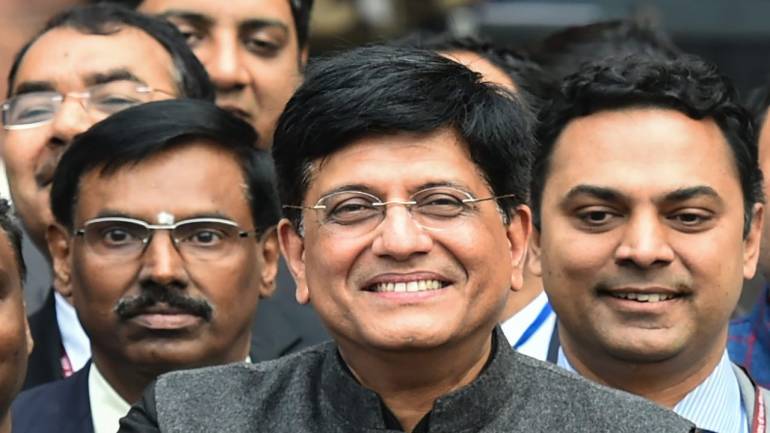The way the idea of basic income support has caught public and political imagination in India is fascinating.
Rajesh Kumar
In an interaction with BloombergQuint in December, former chief economic advisor (CEA) Arvind Subramanian predicted that the concept of universal basic income (UBI) will figure in the manifesto of every political party. The adoption of the idea has been much faster than Subramanian would have imagined.
While the leader of the main opposition party, Rahul Gandhi, promised to give basic minimum income to the poor, provided his party is voted back to power, the government has implemented an income support scheme for small land-owning farmers, retrospectively.
The way the idea of basic income support has caught public and political imagination in India is fascinating. For instance, in his book, Of Counsel: The Challenges of the Modi-Jaitley Economy, Subramanian noted: “UBI was not something I had even heard of when I took up the job of the CEA. Four years later, I had become one of its main proponents, and the list of converts…is growing.”
Since a version of the idea has been implemented, and its scope is likely to widen in the future, it’s important that all possibilities are widely debated.
As announced in the interim budget, farm households with cultivable land up to two hectares will get Rs 6,000 per year. Predictably, the opposition has criticized the scheme and Gandhi called it an insult to farmers. In other words, the amount is not sufficient. Meanwhile, Union minister Arun Jaitley has indicated that the support may be increased in the future.
There is no doubt that the state needs to support the poor and those left behind. However, this should be done in an efficient way while keeping the availability of fiscal resources in mind. Since both the government and the leading opposition party have accepted the idea of basic income support, it’s time to debate the details.
For example, the government should inform citizens as to how it arrived at a figure of Rs 6,000 per year, and to what extent this will solve the problem in the agriculture sector? Further, should the government be creating such a large recurring liability for taxpayers without any public debate? The estimated expenditure on Pradhan Mantri Kisan Samman Nidhi (PM-KISAN)” is Rs 75,000 crore per year, which is marginally lower than the current year’s disinvestment target. Hopefully, some of these issues will be debated before the passage of the Budget.
The Congress party should also explain how it intends to implement the income support programme.
Ideally, such a scheme should be fiscally neutral and not create additional liability for taxpayers. However, the issue of rationalising expenditure never finds a place in the political discourse. This allows the government to push deficit targets with practically no political cost.
As highlighted before, the implementation of a basic income support scheme without rationalising expenditure was always a risk. The bigger problem with such a scheme is that its scope will only increase in the future. While it would help the incumbent buy political peace with the voter, the attention will shift away from crucial reforms that can help improve growth and enhance prosperity in the long run.




















